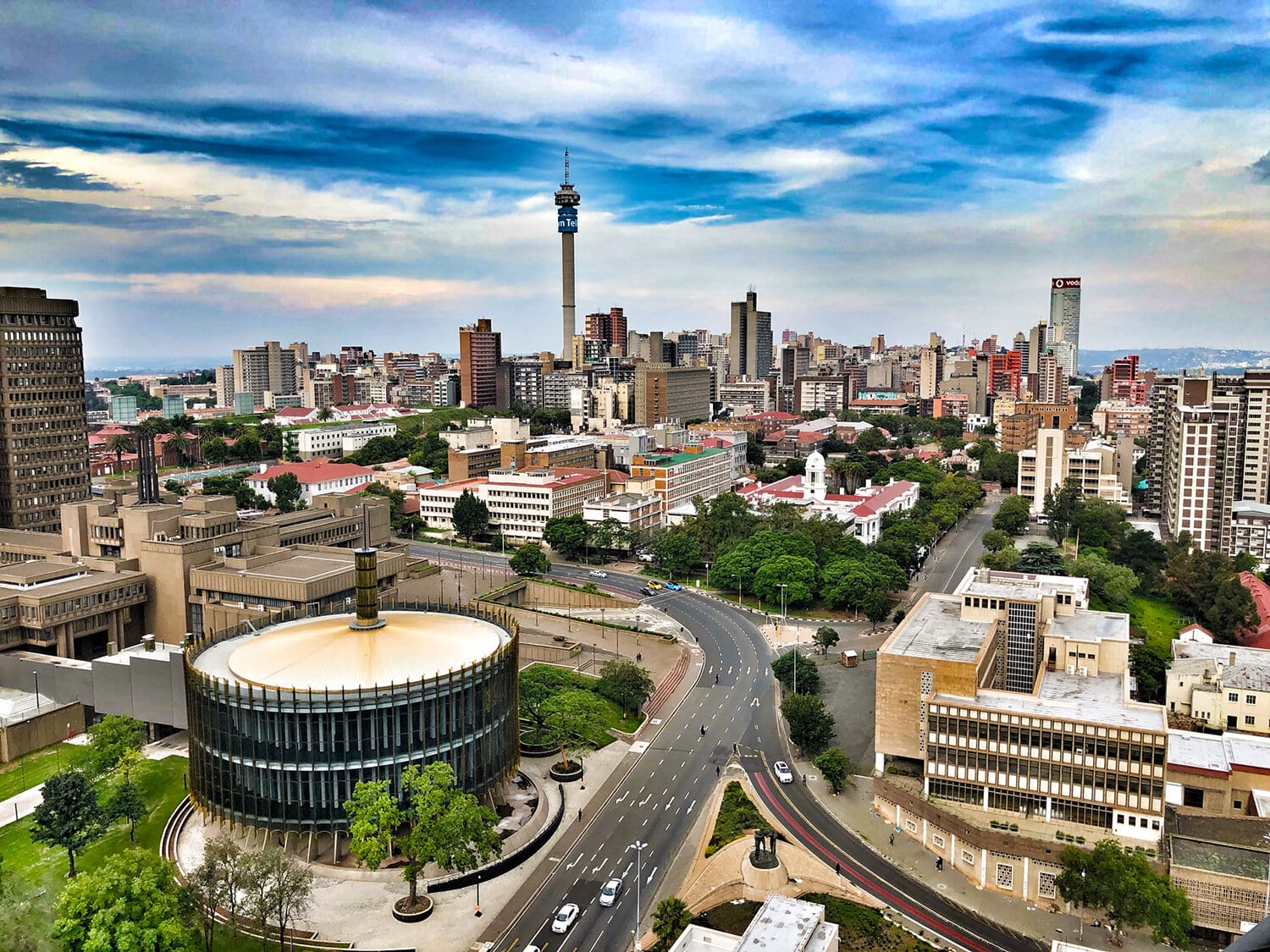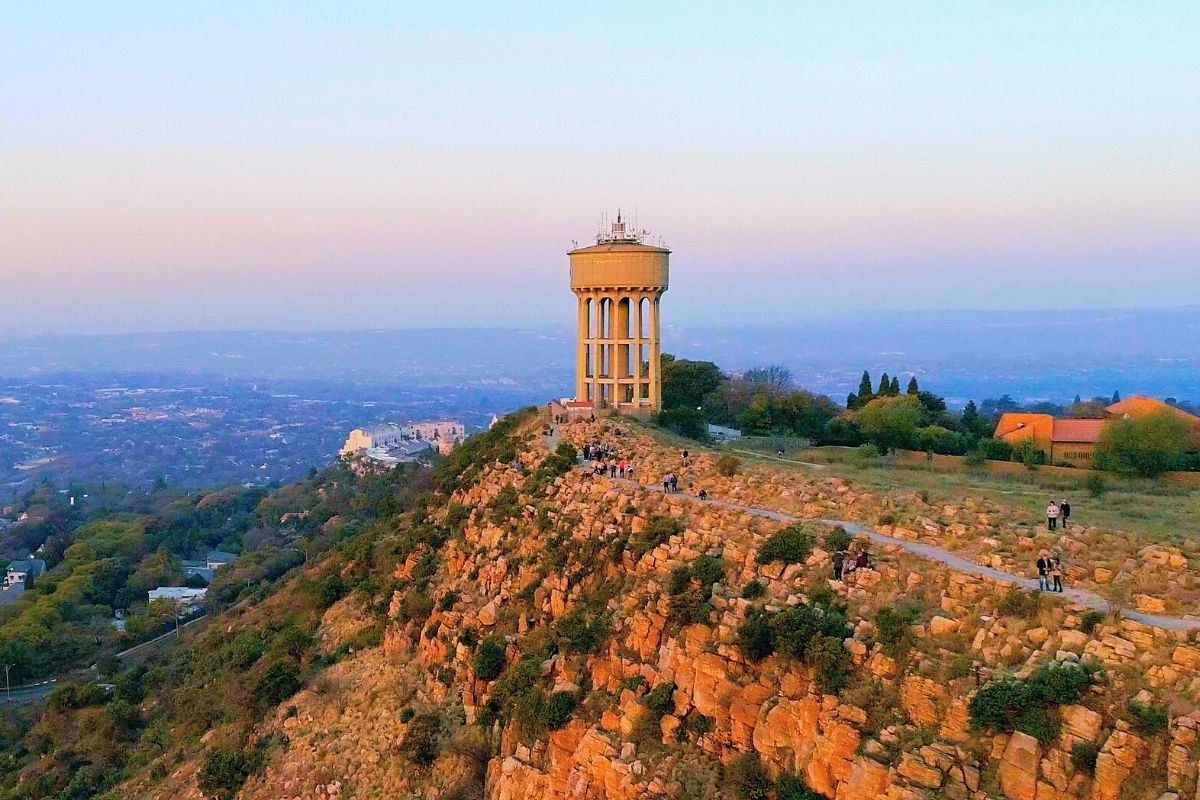The Best Strategy To Use For Johannesburg North Attractions
The Best Strategy To Use For Johannesburg North Attractions
Blog Article
Not known Details About Johannesburg North Attractions
Table of ContentsWhat Does Johannesburg North Attractions Mean?Johannesburg North Attractions Fundamentals ExplainedJohannesburg North Attractions Fundamentals ExplainedIndicators on Johannesburg North Attractions You Should KnowTop Guidelines Of Johannesburg North AttractionsJohannesburg North Attractions for Beginners
Soon before Christmas 1898, a boilermaker from Lancashire, Thomas Edgar, became embroiled in a drunken quarrel with an uitlander neighbor. While standing up to apprehension, Edgar was shot dead by a Z. A. R. cop. The policeman was billed with murder however the district attorney minimized the charge to murder and launched the implicated on bail.. R. Johannesburg North attractions. In an initiative to restrain the circumstance, Smuts looked for to strike an offer with the mining companies. The sharp Cambridge-trained legal representative invited Percy FitzPatrick (that was to get popularity as the author of Jock of the Bushveld, published in 1907) to act as the primary mediator for the mining homes
A. R. loomed. Johannesburg, c. 1900 (www.geheugenvannederland.nl) When Johannesburg was founded in 1886, public education in the Z. A. R. was regulated by the Education Law of 1882. The earlier Education and learning Regulation of 1874 had actually given that federal government schools in the Z. A. R. (only a handful of such institutions remained in existence) were to be non-denominational and that direction was to be in Dutch or English, at the will of moms and dads.
In 1886, Pope Leo XIII constituted the Transvaal an independent prefecture under the territory of the Rt Revd Odilon Monginoux of the Oblates of Mary Spotless, that was the very first Prefect Apostolic of the Transvaal. On 20 July 1886, Fr John de Lacy O. M. I. checked out the Rand. He applied to the federal government for a parcel large enough to fit a church, an institution and houses for the teachers.
Get This Report about Johannesburg North Attractions
The school moved to Doornfontein in 1895, and came to be called the East End Convent. In 1905, the Holy Family members sisters likewise founded Parktown Convent School (currently Holy Family members College). On 2 November 1887, Miss Frances Buckland began instructing in a residence on the corner of Jeppe and Rissik roads.
Meanwhile, on 11 June 1887, the Revd John Thomas Darragh, the very first Anglican clergyman to be stationed on the Rand, had actually arrived from Kimberley. A massive tome on the background of Christianity in Africa observes concisely: 'The Anglican community at Kimberley was lucky to have as its leader J. T.
He had actually won a scholarship to The Royal Institution, Armagh, whence he had actually increased to Trinity College, Dublin, as a Foundation Scholar. Below he had actually identified himself, being Classic Hebrew and Divinity Prizeman, and had come to be a Fellow of Trinity College. He was ordained in 1880, and came to be curate of All Saints, Grangegorman, Area Dublin.

He was an energetic and resourceful guy that promptly plunged himself heart and spirit into the life of the burgeoning and bustling mining neighborhood. It was not just the Anglican that acquired advantage, for Darragh functioned unstintingly amongst all fields of the town. For example, the small neighborhood of Greek Orthodox settlers in Johannesburg had no archimandrite, therefore approached Darragh to carry out marriage and baptismal rites.
Johannesburg North Attractions Fundamentals Explained
(www.eggsa.org) Around the exact same time, the Revd Mr Darragh brought right into existence St Mary's School for Boys, which was established as a choir school for St Mary's Church. The origins of St John's University can be mapped back to this school. The first headmaster of St Mary's School for Boys was Mr F.
The school was evaluated by the Z. A. R - Johannesburg North attractions. education authorities at the end of 1888. The inspection was passed with flying colours, particularly in respect of the requirement pertaining to the mentor of Dutch, as an outcome of which the school obtained a 'really liberal grant' from the state
The Best Guide To Johannesburg North Attractions
Marist Brothers' College acquired such a good reputation that some authorities of the staunchly Protestant Z. A. R. government registered their children as students at this Catholic college. During the Anglo-Boer South African Battle (1899-1902), the college's enrolment dropped, yet by 1905 numbers were back to 500 and the college was promoting the fact that it had 'ample stabling for students' steeds'.
In 1892, the Superintendent of Education, Dr N. Mansvelt, put together a report in which he mentioned that some educators in the Transvaal could not mean the words 'Pretoria' and 'Potchefstroom', and did not recognize the distinction in between a noun and an adjective. In the very same year, the Education and learning Law was changed to provide that all instructors in colleges getting federal government subsidies had to be participants of a Protestant church; schools also could not receive aids in respect of Jewish and Catholic students.

Some Ideas on Johannesburg North Attractions You Should Know
On 7 March and 9 April 1892, the Revd Mr Darragh corresponded to the State Assistant, Dr W. J. Leyds, in which he stated that the previous Superintendent of Education, Ds S. J. du Toit, had undertaken in 1888 that English-medium schools such as St Mary's and St Michael's that also provided direction in Dutch would certainly get state subsidies.
The W. C. E.'s things were to promote elementary education 'suited to all nationalities and creeds' and to respond to the special use of Dutch as tool of instruction in state-supported schools. By the end of 1896, the W. C. E. had acquired possession of 3 colleges, and had assumed control of and financial responsibility for three various other institutions.
St Cyprian's was initially provided a state subsidy, but this was cancelled when a government inspection exposed that the college had several coloured and 'indigenous' young boys amongst its pupils, sharing desks with white children. weblink Despite the withdrawal of the aid, the institution handled to make it through.
After the War, it was reopened and run by Sis of the Culture of St Margaret (informally known as the East Grinstead Siblings, with reference to their convent in East Grinstead, Sussex). Undaunted by the contretemps with the authorities regarding St Cyprian's and its subsidy, Darragh began Willpower Institution in November 1891.

Report this page